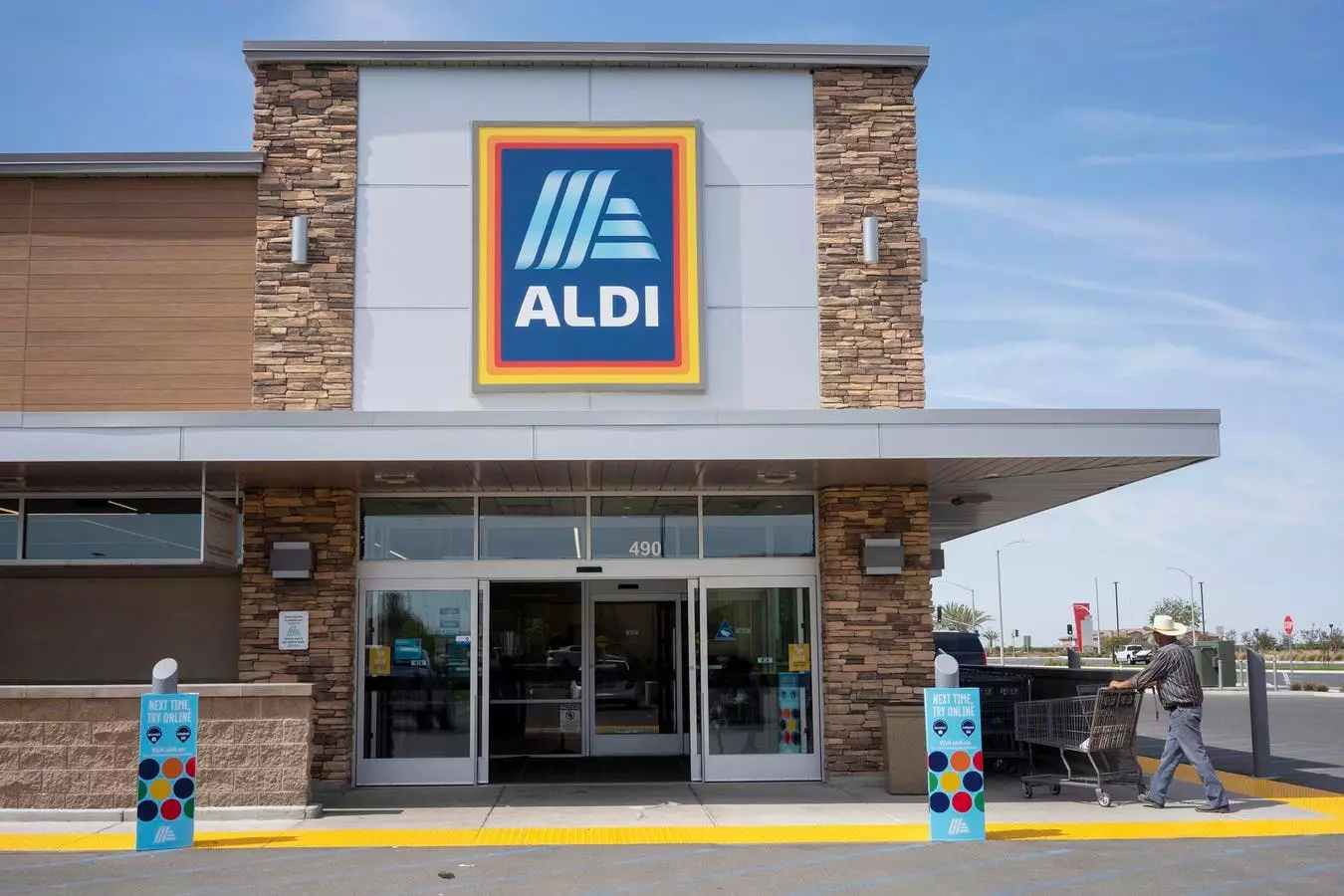In an era where inflation squeezes family budgets and grocery bills climb unpredictably, consumers are increasingly searching for solutions that marry affordability with quality. Amidst this challenging landscape, ALDI, a supermarket giant recognized worldwide, has emerged as a key player by issuing its inaugural Price Leadership Report. This report, compiled by an independent global research firm, reveals that ALDI boasts the lowest prices in key U.S. metropolitan areas when measured against traditional rivals like Walmart, Kroger, and newer entrants such as Lidl and Amazon Fresh.
The ALDI report focused on five significant U.S. cities: New York, Los Angeles, Chicago, Miami, and Houston. Price comparisons were based on a basket of 70 popular grocery items, aligning with data sourced from the Bureau of Labor Statistics (BLS) Consumer Expenditure Survey (CES). The findings were telling; families could save substantially, with the average family of four spending about $10,610 yearly on brand-name products from competitors, compared to just $6,759 on ALDI’s store-brand products—signifying a 36% savings. Moreover, purchasing store brands from other retailers would only yield a savings of approximately 22%, thus solidifying ALDI’s advantageous position in the market.
Karl Hart, ALDI’s CEO, proclaimed that the supermarket had become the unabashed leader in value within the U.S. grocery sector. A pivotal factor in ALDI’s success has been its nearly five-decade-long experience in the U.S. market, which allowed it to cultivate a robust supplier network. This not only enhances customer savings but fortifies the chain’s resilience against supply chain disruptions.
While the report highlights notable price advantages, another layer of consumer sentiment surfaces through survey results involving 2,000 ALDI shoppers. Notably, although a significant 76% agreed that ALDI’s store brands rival more expensive alternatives, the remaining quarter had reservations. Such skepticism might stem from the deeply ingrained perception that premium prices correlate with superior quality. However, firsthand experiences of taste testing in ALDI’s test kitchens could challenge this notion. This hands-on evaluation demonstrates that ALDI’s products can indeed match or surpass national brand counterparts.
This perception gap is crucial; as ALDI has swiftly accumulated a loyal customer base, registering 19 million new shoppers last year alone. The unique shopping model that ALDI promotes merges affordability with quality in a manner that resonates with today’s budget-conscious consumers.
ALDI’s approach transforms the grocery shopping experience from a mundane task into an engaging exploration. Shoppers often refer to discovering new items, especially with the popular ALDI FINDS initiative, which fosters excitement and community among avid fans—over 158,000 members strong on their Facebook group. When entering an ALDI store, customers are met with an intentionally simplistic layout that prioritizes efficiency over extravagance. This design philosophy not only streamlines the shopping process, allowing patrons to find essentials quickly but also translates into significant cost savings that ALDI passes on to its customers.
According to findings highlighted in a shopper survey, ALDI shoppers average around 30 minutes per trip, with 77% citing the time saved as a major benefit. Surprisingly, even in a tech-driven era, 71% of consumers prioritize low everyday prices over promotional discounts and digital coupons, revealing that the simplicity and consistency in pricing are crucial factors influencing shopper behavior.
ALDI’s fundamental commitment to quality extends beyond pricing. The chain emphasizes transparency in its sourcing practices, adhering to standards that are increasingly important to eco-conscious consumers. With initiatives centered on sustainable products, such as environmentally sourced seafood and organic produce, ALDI has aligned itself with the values of a growing demographic that prioritizes responsible consumption.
Moreover, when ALDI enters new markets, it triggers a beneficial ripple effect on local pricing. Competitors often adjust their prices downwards in an effort to remain relevant. This phenomenon illustrates ALDI’s pivotal role in fostering an environment where consumers benefit from lower prices across the board, encouraging a holistic shift within the marketplace that elevates everyone’s shopping experience.
As ALDI continues its expansion, exemplified by its acquisition of Winn-Dixie, the supermarket is well-positioned to attract both value-driven and quality-seeking shoppers. Its focus on sustainable practices, combined with an unyielding dedication to delivering unbeatable prices, fortifies its standing as a formidable contender in the retail arena. The future of grocery shopping will undoubtedly evolve, but ALDI’s ability to offer transparency and integrity in their offerings makes it likely that consumers will continue to turn to this brand as a trustworthy choice. Ultimately, by demonstrating how simplicity in approach can yield profound impacts, ALDI sets a new standard in the grocery industry—an achievement that may resonate for generations to come.


Leave a Reply